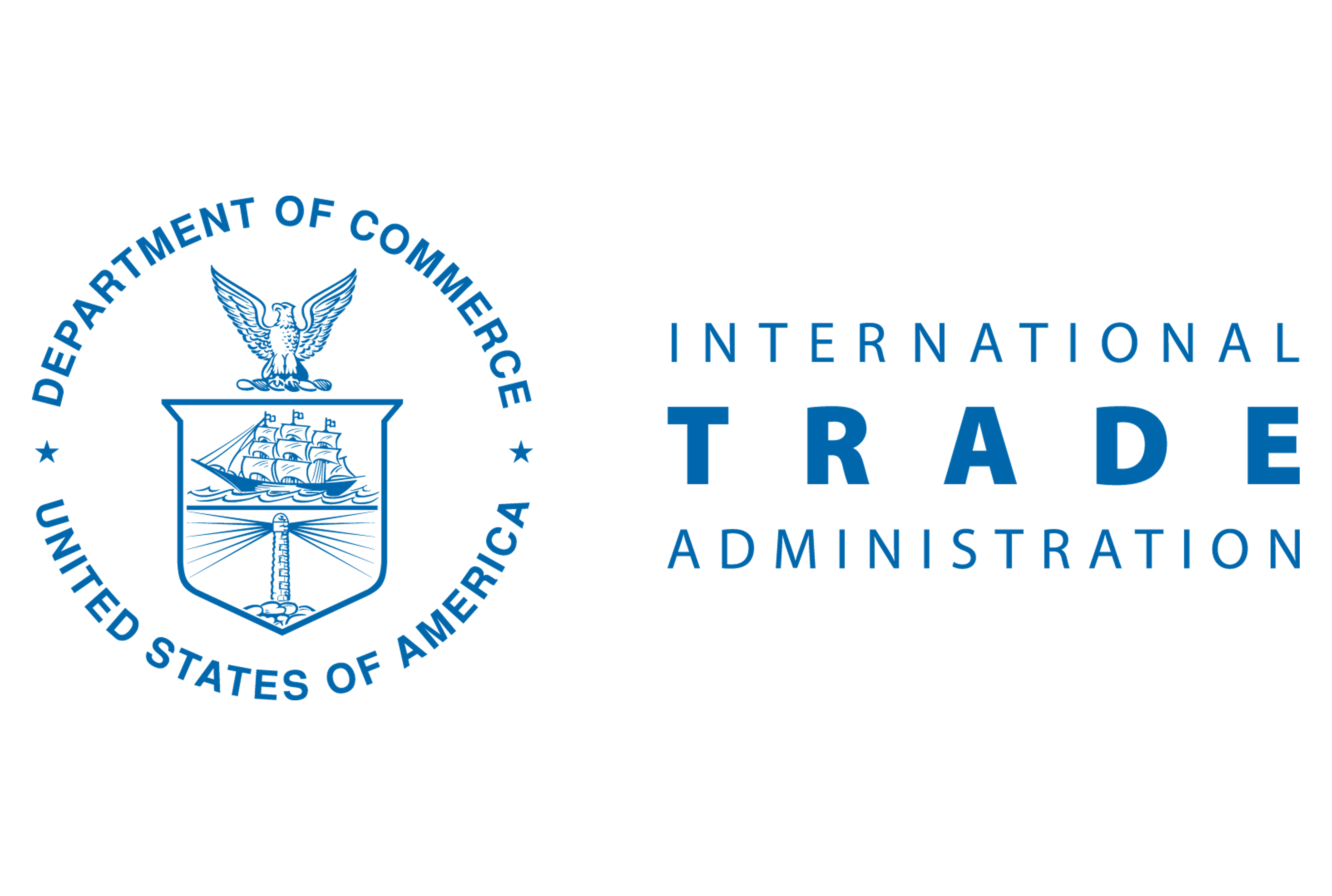Product
August 19, 2018
AGC: Construction Employment Rises in July
Written by Sandy Williams
Forty-five states and the District of Columbia added construction jobs between July 2017 and July 2018, while 29 states and D.C. added construction jobs between June and July, according to an analysis by the Associated General Contractors of America of Labor Department data. Association officials cautioned that continued job gains may depend on swiftly implementing new training and education legislation to equip students and workers to enter the industry.
“Construction job gains over the past year were more widespread across the country than at any time since the beginning of 2016,” said AGC Chief Economist Ken Simonson. “These results show that contractors are still optimistic about future construction activity. But it will be hard to sustain the increases unless more students learn of these opportunities and receive appropriate training.”
Texas added the most construction jobs during the past year (57,600 jobs, 8.1 percent). Other states adding a large number of new construction jobs for the past 12 months include California (38,500 jobs, 4.7 percent), Florida (38,200 jobs, 7.5 percent), Georgia (18,300 jobs, 10.1 percent) and Arizona (14,600 jobs, 10.0 percent). Nevada added the highest percentage of new construction jobs during the past year (10.9 percent, 9,100 jobs), followed by Georgia, Arizona, New Hampshire (9.8 percent, 2,600 jobs) and Oregon (9.1 percent, 8,900 jobs). Construction employment reached a record high in Massachusetts, Oregon and Texas.
{loadposition reserved_message}
Only five states shed construction jobs between July 2017 and 2018. The largest and steepest percentage losses occurred in New Jersey (-6,000 jobs, -3.9 percent), followed by South Carolina (-2,300 jobs, -2.3 percent), Missouri (-1,200 jobs, -1.0 percent), Kentucky (-800 jobs, -1.0 percent) and Oklahoma (-700 jobs, -0.9 percent).
Texas had the largest one-month job gain (10,500 jobs, 1.4 percent) among the 29 states and D.C. that added construction jobs between June and July, followed by Florida (4,500 jobs, 0.8 percent), Ohio (2,200 jobs, 1.0 percent) and Indiana (2,000 jobs, 1.4 percent). The states that added the highest percentage of construction jobs for the month, 2.1 percent, were New Mexico (1,000 jobs) and New Hampshire (600 jobs).
From June to July, construction employment declined in 17 states and was unchanged in four: Alaska, North Dakota, Tennessee and Vermont. California lost the most construction jobs in July (-1,700, -0.2 percent), followed by Pennsylvania (-1,600 jobs, -0.6 percent), Mississippi (-1,600 jobs, -3.1 percent) and Utah (1,400 jobs, -1.4 percent). Mississippi lost the highest percentage of construction jobs for the month, followed by Utah, Maine (-1.0 percent, -300 jobs), Alabama (-0.9 percent, -800 jobs) and Oklahoma (-0.9 percent, -700 jobs).
Association officials said that despite the employment increases in most states, end-of-month job openings keep rising, indicating the difficulty contractors face in finding workers with appropriate skills. They urged federal agencies and state and local officials to swiftly implement the newly enacted federal career and technical education bill that increases funding and makes it easier for education officials to craft construction-focused education programs.
“Contractors stand ready to help prepare more workers for rewarding construction careers,” said Stephen E. Sandherr, the association’s chief executive officer. “School districts, community colleges and other agencies need to do their part to inform and prepare students and young adults to pursue high-paying careers in the field.”
Additional data from this Associated General Contractors of America press release may be accessed at the AGC website.







